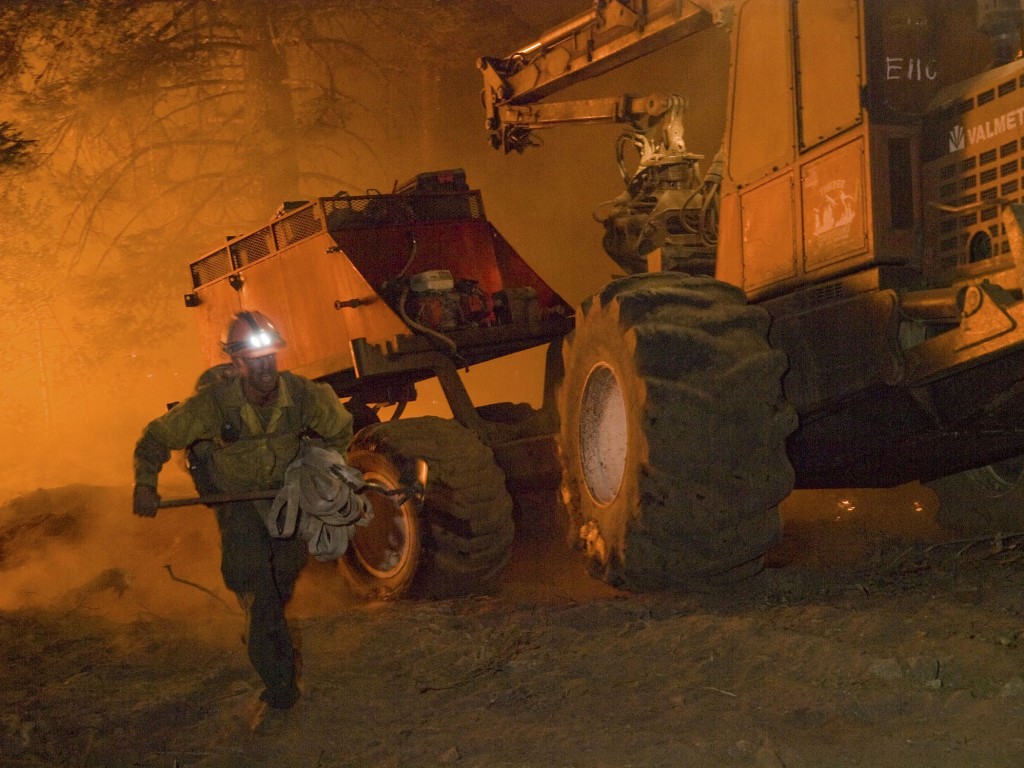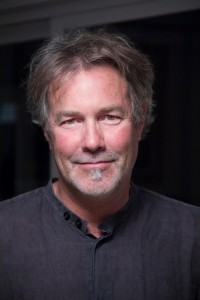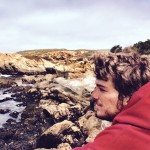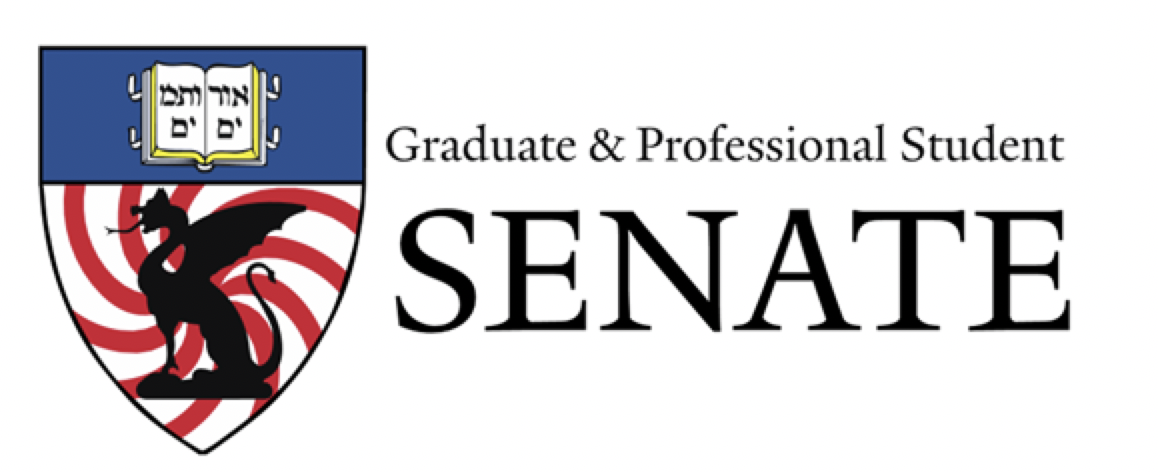By Jordan Gardner
In 2014, Colorado had one of the worst wildfire seasons on record. Climate change has pushed summer heat to new levels, brought lengthier droughts, and increased the prevalence of disease in forests across the western United States. All of which spell out heightened risk for deadly forest fires out of the norm. Filmmaker Ted Wood and The Story Group—a Boulder, Colorado based multimedia journalism organization, specializing in environmental stories—set out to document the escalation of fire in the West through the eyes of those who know it most intimately.
JG: Tell us about what it was like to shoot this film and to convey the story of the firefighters on the front lines.
TW: Because the fires had already happened, our shooting was mainly confined to the firefighter interviews. We had to construct the film around a tight script that would lead the firefighters from fire to fire. Firefighters are an interesting breed. On the one hand, they pride themselves on toughness, on being part of a team, and have a certain paramilitary attitude towards being seen as heroes or talking to the press: they don’t like it. On the other hand, they are great storytellers, and have utterly amazing stories to tell. One firefighter we interviewed almost told us as an afterthought that his own house burned down while he was sending fire trucks around his neighborhood to help his neighbors, and there weren’t any left to protect his home. Another teared up as he described how it “scared the crap” out of him because his daughter had begun a career in firefighting and was entering a new era of volatile uncertainty. Once we got them talking, they were incredibly compelling.
JG: How do you use film to tell stories?
TW: My colleague Daniel Glick was an editor for the National Climate Assessment in 2014. From this, we learned that human-caused climate change was part of this new normal: longer fire seasons, hotter temperatures, and changing vegetation were all contributing to produce dangerous conditions for firefighters and the communities they are sworn to protect. We wanted to find a way to personify this science, and could not find a better way to tell that story than through the eyes of these firefighters who were witnessing these scary changes first-hand. Stories with a strong narrative, high emotional content, charismatic characters and strong visuals can engage an audience in a powerful way unique to film. There has to be a transference possible– where we can feel what the subjects in the film are feeling– for the film to be successful. If our audience realizes from this film that we already have a glimpse of where our climate is going if we don’t change, then we’ve told a successful story.
JG: What’s an important lesson you’ve learned that's had a positive effect on your film?
TW: In communicating environmental issues, you’ve got to have film subjects who are either trusted sources or seen as common people to have the greatest impact on audiences. It’s important to get as close to the ground as possible.
JG: If there is one thing you think would make the film industry better, what would it be?
TW: Put resources back into good storytelling and scripts rather than blowing things up.
JG: What areas would you like to explore in the future?
TW: I’m interested in exploring topics in the emerging field of environmental psychology. Where that takes me, I’m not sure.
Jordan Gardner is a sophomore at Yale University studying Ecology & Evolutionary Biology. He’s from Colorado, where he enjoys the beautiful outdoors fueling his passion for the environment.

















